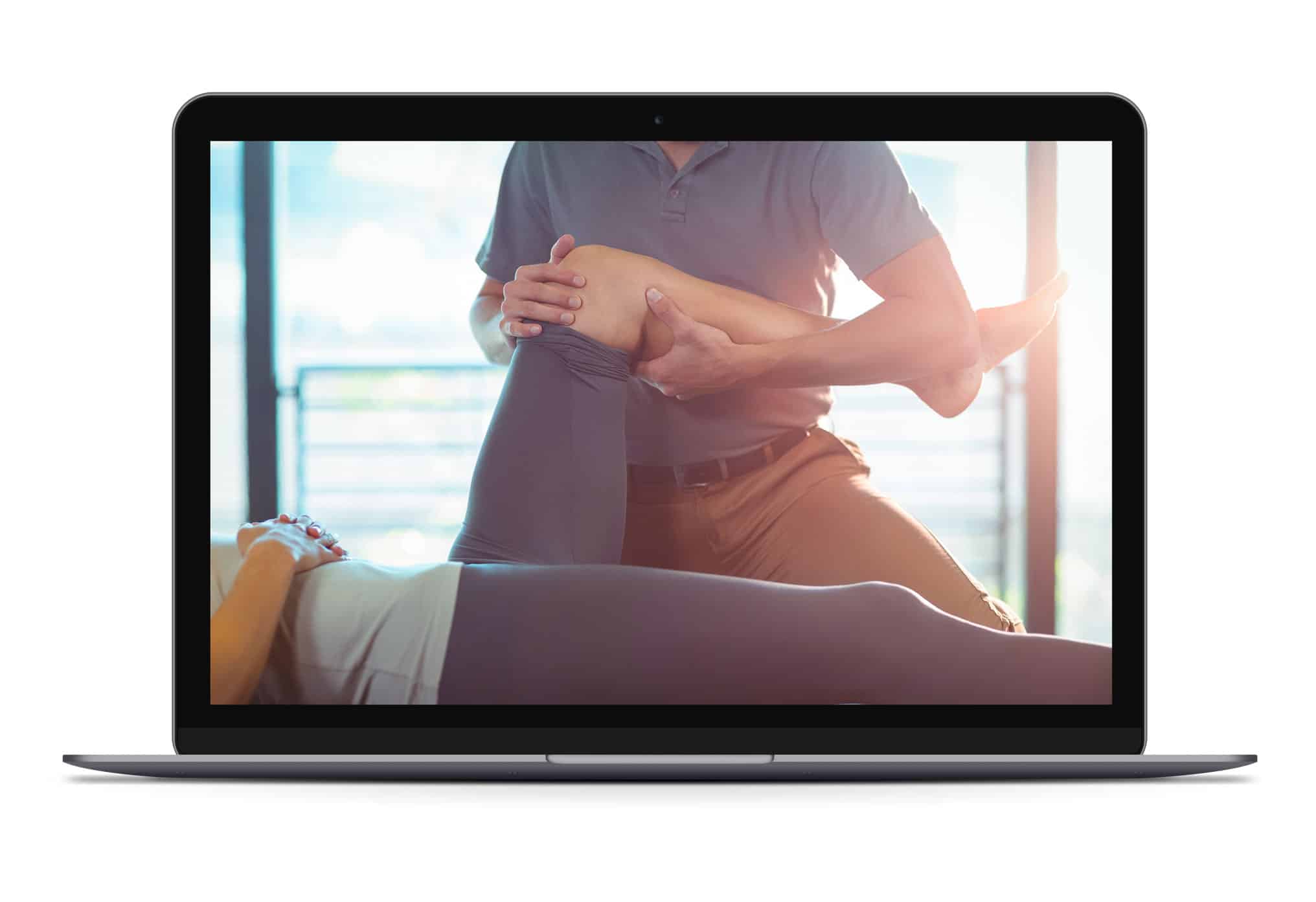
A Guide to Treadmill Running Analysis for Clinicians & Health Professionals

“The S’s of Treadmill Running Analysis”

Perhaps one of the biggest mistakes I made during my early years as a physical therapist was not taking the time watch runners run. Invariably, this led to a short-sighted perspective, hasty decision making, and suboptimal outcomes for those runners seeking my care. While I was generally effective in helping runners reduce their pain and symptoms and get them back to their usual activities in the short term, they seemed to consistently experience pushback when attemtping to return to consistent training. Needless to say, I was obviously missing something, and quickly realized that my affinity to run had little to do with my ability to help runners aside from perhaps getting buy in from looking the part. Ultimately, this put me on a quest to demystify the performance demands of running so I could be in the best possible position to help runners seeking my services. After spending countless hours reading and contemplating the available literature, it became readily apparent that running is a hierarchical skill relative to most activities meaning that taking the time to watch someone run is critical before discharging them from your care. There also seems to be a set of common denominators or factors that deserve particular attention when conducting a running analysis. I like to refer to these as “The S’s of Treadmill Analysis.”
- Strike – footstrike
- Sound – sound of ground contact
- Step Rate – AKA cadence
- Speed – running velocity
- Shoes – impact of footwear
- Slope – incline or decline
- Swing – arm & leg swing


